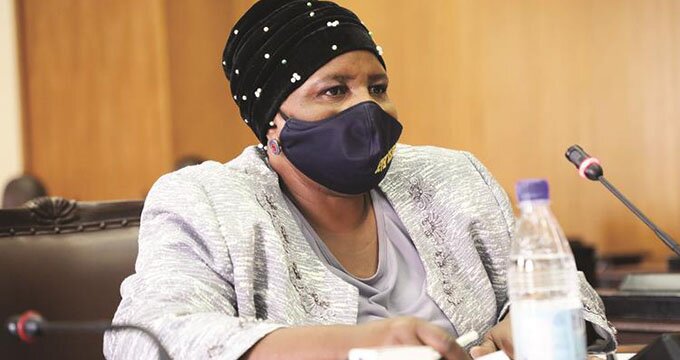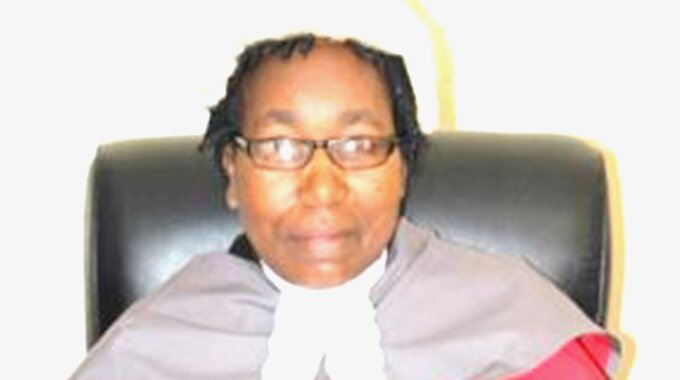Schools reopen today with around 20 percent of schoolchildren expected in their classrooms in the first phase, that for the three examination classes of Grade 7, Form 4 and Upper Sixth.
Preparations have been made, masks and scanners delivered or made, classrooms cleaned and everyone put on alert.
Teachers, pupils, other staff and parents are fully aware of the potential risks since the arrival of Covid-19 in Zimbabwe and are fully aware of how to minimise these risks, since they have been doing that for months. So there should be very few hiccups.
No one is going back to school from some strange planet. In fact for most it is a short walk within their community, the one they have been living in since schools closed in March.
Even those who go to boarding schools, or have to bus across a city, know what rules to expect and how these work.
Advertisement
The main health pressure will be for schools, prefects and parents to ensure that everyone obeys the rules all the time, with no exceptions.
But then all children in school are used to rules and the structured society of schools, so extracting obedience is fairly easy.
The rest of the classes go back in two phases over the next six weeks, so by the time the bottom two forms of high schools and the bottom six classes (including ECD classes) arrive at primary schools any minor hassle will have been long sorted out and the extra teachers required to ensure children are not crowded in classes will have not only been hired, but will be briefed and on the premises.
The main problem is going to be catching up on lost time.
This is not quite as bad as it seems. Although it is six months since schools closed, the classroom time lost is less than four months, because two sets of school holidays were embedded in those six months.
At the same time, for public health reasons, a lot of extra-curricular activity, such as sport and most clubs, remain cancelled. But that means there is more time for homework and for academic activity, a useful by-product of the health rules.
We assume that the secretary for Primary and Secondary Education, who is the authority who sets term dates, will be keeping school holidays on the short side for the Christmas break, and perhaps even the Easter break next year. For many children, the catch-up process will last beyond this term. Outside forms moving into examination syllabuses this is manageable quite easily.
The ultra core subjects will have to be stressed, but if pupils miss a few classes in less critical areas, well the world is not going to end.
Primary heads will have to pay special attention to the lowest grades, to ensure that the very young children are taught those critical skills of reading, writing and basic arithmetic, and if this year’s grade ones and twos miss out on some of the other things over the next four terms, well so be it.
The catch-up process cannot be instant, but with everyone pulling their weight it will not take that long. There was a group wanting to cancel this year’s schooling altogether and everyone starting again next year in the same grade or form they were in this year.
Advertisement
This has been rejected for many good reasons, including the problem that a whole new year of five-year-olds are ready for school next year at one end of the scale, and all our universities and colleges are ready to accept their new intakes next year.
We simply cannot spend the next 13 or 14 years disrupting our education system in a major way to cope with Covid-19 when there are far better solutions.
There has been some concern among parents of pupils in examination forms, and the children themselves, over how well they do.
There are two possible solutions. One is seeing a lower average mark for most subjects.
This will see lower entrance standards for high school and university, so no one will be left behind, but that lower mark will be on their education record for life.
The other solution is for Zimsec to apply the necessary correction. In any year, the marks for each subject form a bell-shaped curve, and Zimsec knows where the central peak is supposed to be.
The correction, and examination boards in some other countries have done this, involves moving figuring out how to move each band of marks to the place where they would be in a normal year.
Both solutions have their problems, as the row in Britain after the June examination results showed, but Zimsec can figure out over the next couple of months what its options are and how they can be applied.
An extra problem will be looking for solutions that are fair. Children from wealthier urban households may well have been using online learning, and not need to catch up.
There will be a number of these sort of housekeeping decisions to make: How quickly can classes catch up?
Advertisement
What can be safely left off syllabuses? How long should school holidays be? How will large classes be split? How can the time that was devoted to sport and the like be best used?
But we are confident that heads and the Ministry of Primary and Secondary Education can sort these sort of things out quickly, and obviously a lot of people responsible for our children’s education must have already been thinking out such questions.
The health regulations for re-opening schools have grabbed the headlines, but the professionals must have been looking at a far wider range of questions.
The main thing is that this morning the process starts. If everyone cooperates then the dislocations can be overcome fairly easily. We have already faced much larger challenges.
– HERALD








